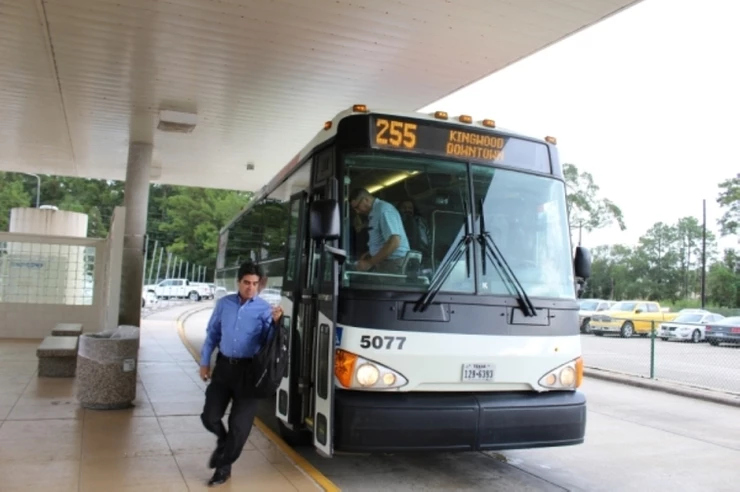In every metropolitan area, public transportation is heralded by buses. They are ideal as they can carry a large quantity of passengers. Buses are also very big so they are easily seen and spotted. Nearly everyone has ridden a bus in their lifetime. Such examples include a party bus, school bus, coach bus, and a public bus. If you ask someone to tell you about their experience on a bus, most people either a fond or infamous story to tell you.
However, most people don’t ask ”Is riding a bus safe?
Buses, especially in a major city, is a main inclusion into commerce. They provide great alternatives to cars in that they reduce the air pollution. A single transit bus can carry up to 40 people. That is at least 10 cars less on the roadways. Transit buses also help reduce a need for parking lots, metered parking, and reduces traffic on major roads.
According to an article published by the National Express Transit, using buses as a means of transportation “reduces fuel waste and emissions caused by cars sitting in traffic jams.” In terms for the environment, buses are a great way to travel. They essentially reduce our carbon footprint, making the air better for us as people to breathe and reduce global warming.
However, the original question remains, “Are buses safe?”
Seat belts are not a requirement
When a passenger boards a transit buses, fare is paid and the passenger sits down at their chosen seat. The bus starts to move and there is one thing missing that is glaringly obvious. There is no seat belt.
Seat belts are not a requirement on transit buses. The federal government only requires that seat belts be mandatory on school buses weighing less than 10,000 pounds. The reasoning behind this is the concept of compartmentalization. Compartmentalization is the concept that if buses have high padded seats, then if a crash occurred, the passenger would be safe because the padded seats in front of them would provide a safeguard. The argument is also that buses are high off the ground and passengers would be safe if in a event of an accident.
Compartmentalization can be argued for coach and school buses, the same thing cannot be said about transit buses.
This concept does not work for transit buses. Transit buses serve the public and most riders are the elderly. High buses are not effective for the elderly to safely maneuver and transit seats are usually low.
Compartmentalization also fails to address T-Boned accidents and in rare cases, rollovers. In those accidents, passengers are thrown sideways, causing great injury due to no protection. Safe transit buses should include seat belts to insure that if an accident of this type occurs, passengers would face less injuries.
In 2013, the National Highway Traffic Safety Administration passed a final rule requiring that motor coaches be fitted with the three point lap-shoulder seat belts. That law did not apply to transit buses placing many people in jeopardy of being harmed from an accident.
Accidents involving a transit bus
Sometimes it is unavoidable to ride the transit bus as many people use it for their daily commute. While comparing to a car, a transit bus can much safer. In order to protect yourself while riding on a bus, we recommend:
-
Avoid distracting the driver- Drivers are the conductor of the bus and by distracting them, they take their eyes of the road which can cause an accident.
-
Secure yourself- If you are able to secure an actual seat, you should secure all belongings. If you are unable to secure a seat, hold tightly to nearby poles or straps. Buses tend to jostle a lot and holding onto a pole or strap can help keep you in place or injuring another.
-
Stay away from doors- Being near a door may cause serious injury on a bus during an accident. If possible, avoid the swinging doors while riding on a bus.
Due to the lack of safety restraints such as airbags and seat belts, accidents while riding on transit bus can prove to be devastating. The majority of transit accident victims can experience costly medical bills.
Tran Law Group has represented many victims of transit bus accidents. In almost every case, we have gotten our clients top dollar settlements and made sure that they received the treatment they needed for their injuries.
Transit operators should make sure that their passengers are safe. If you were involved in an accident with a transit bus, contact our firm today. Let us be your legal team.



